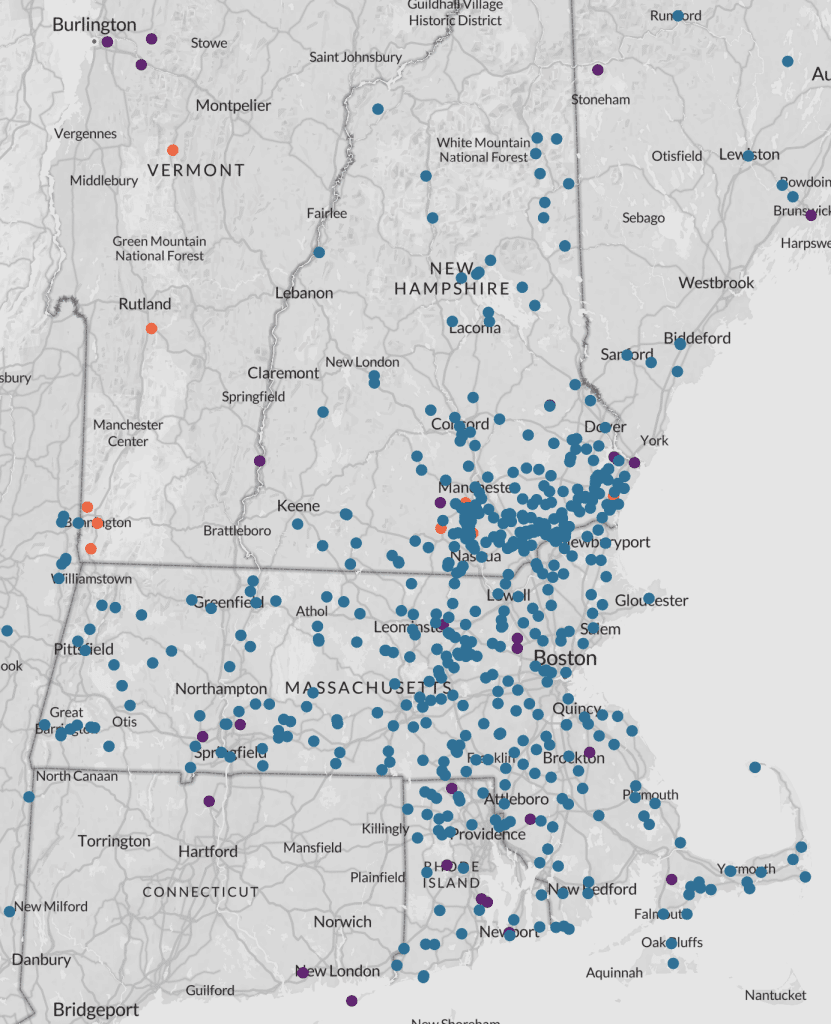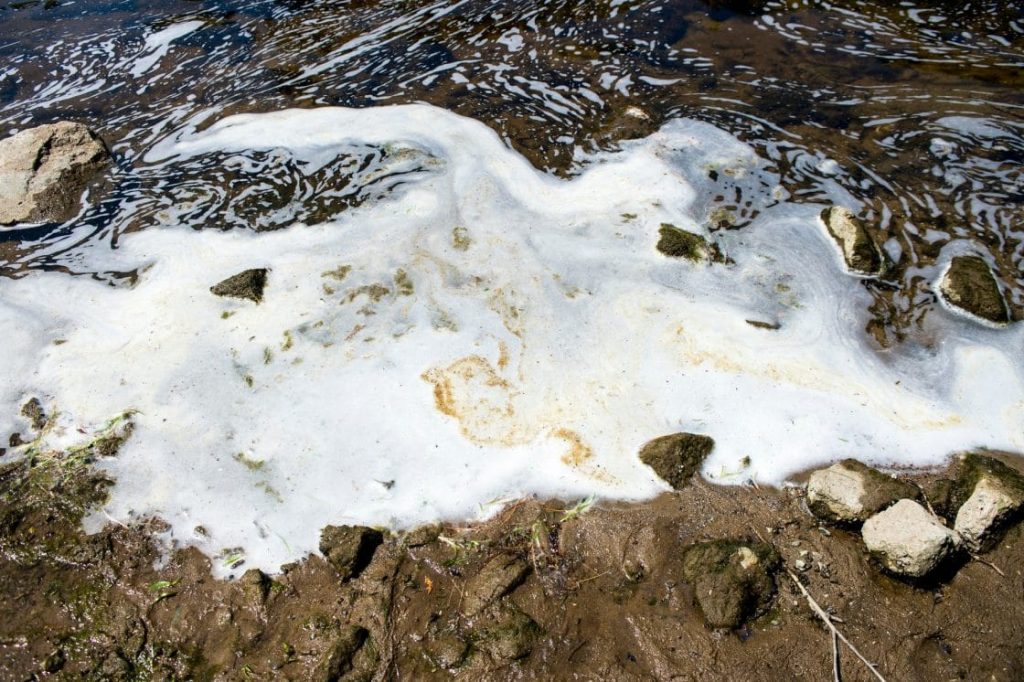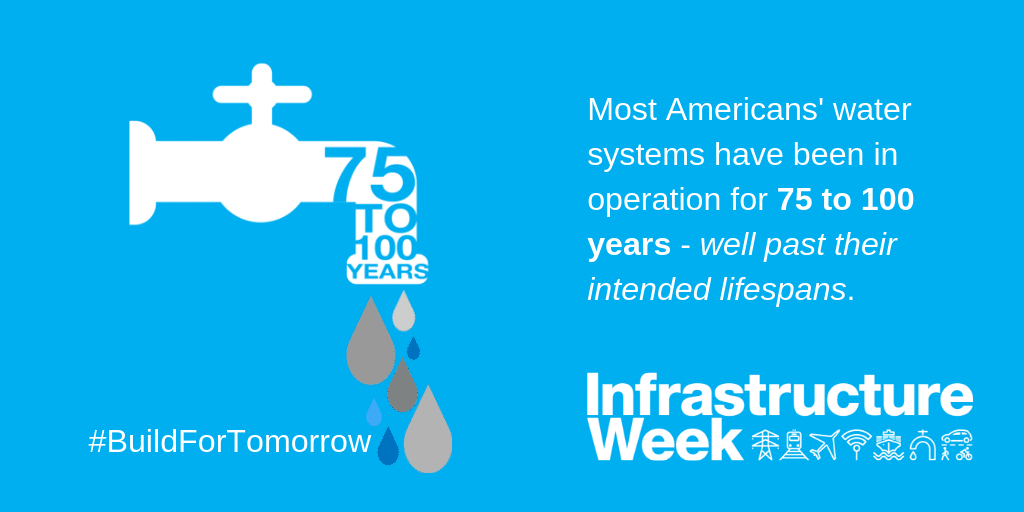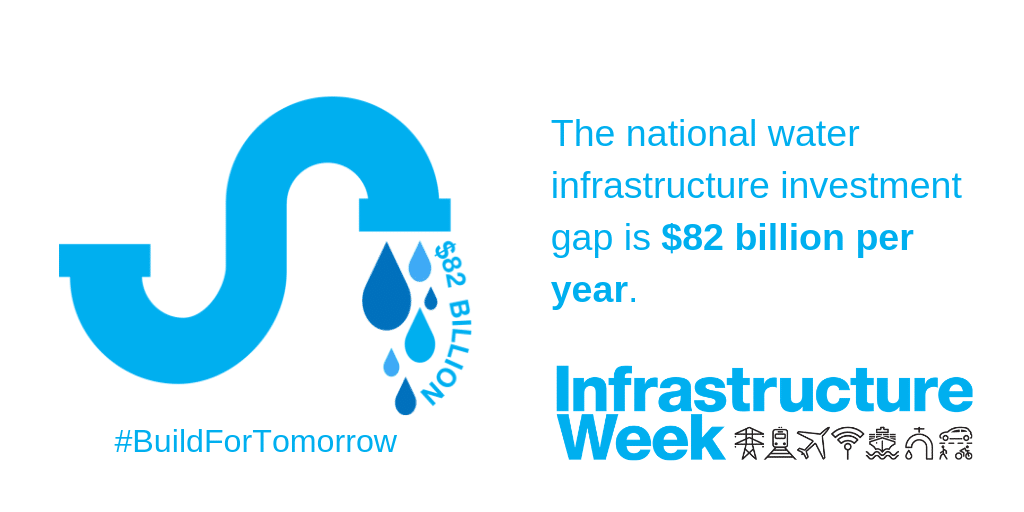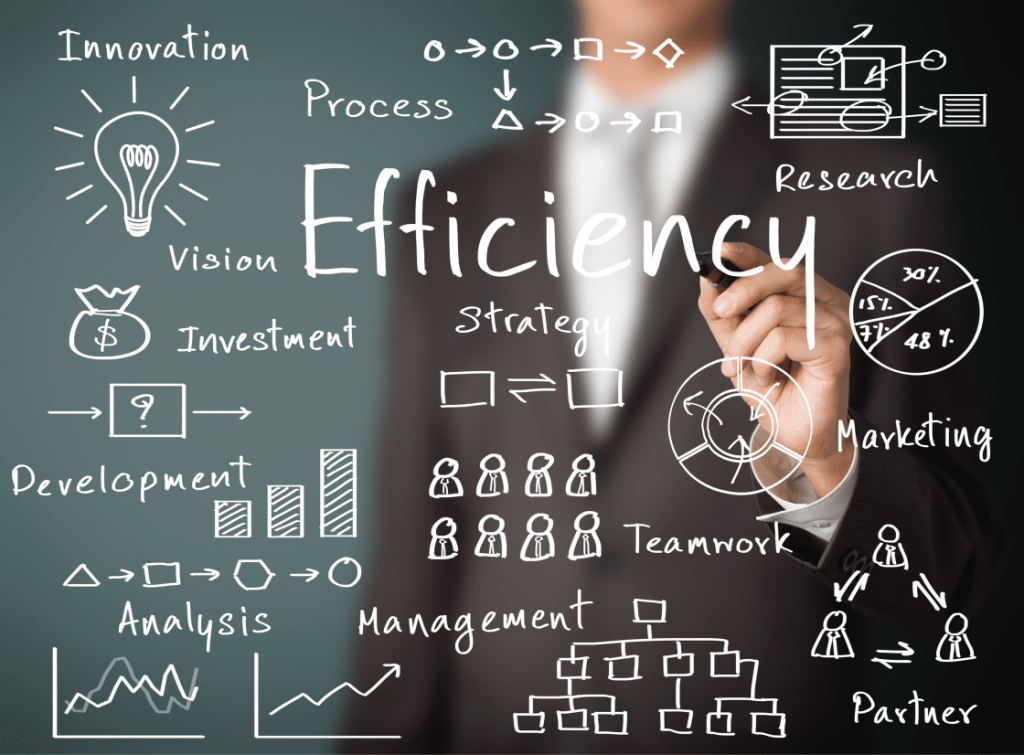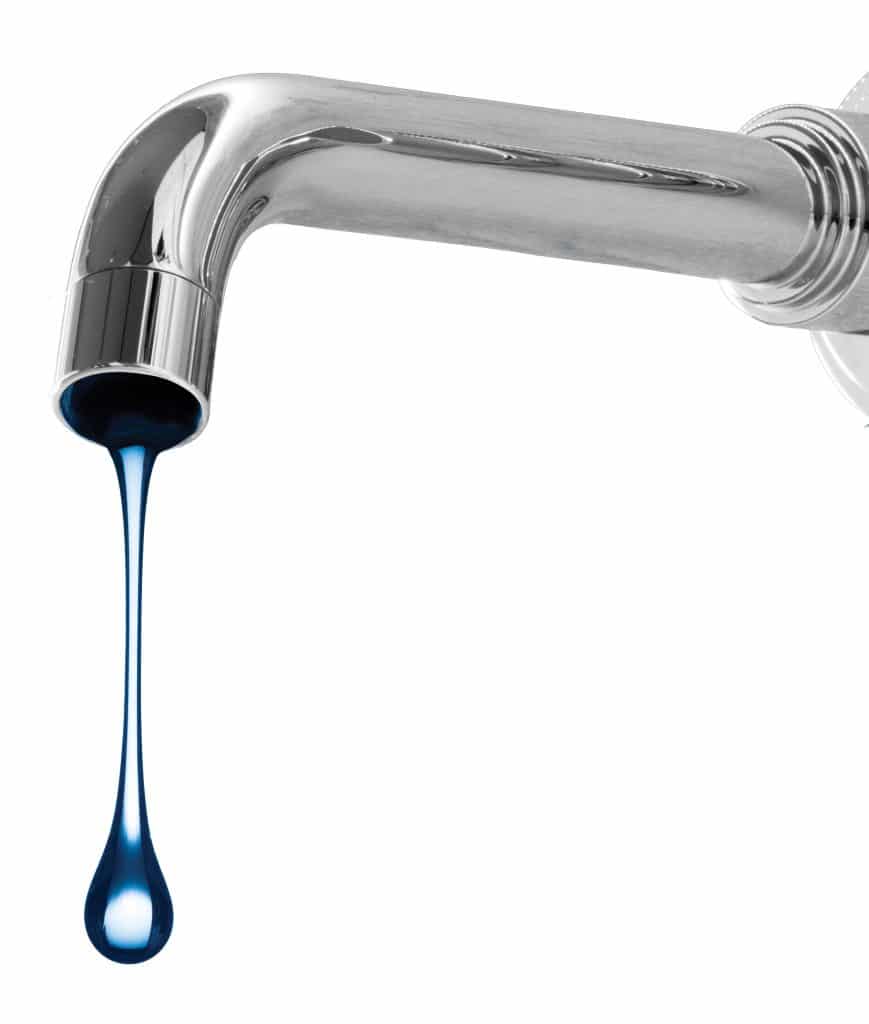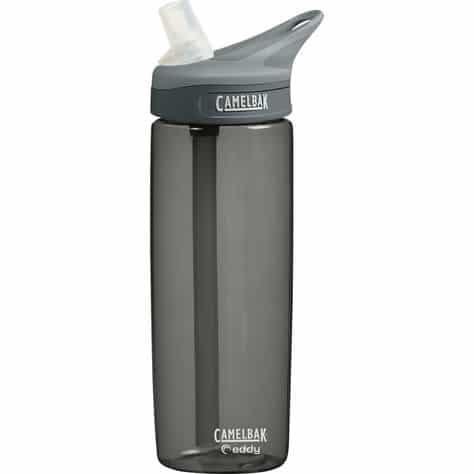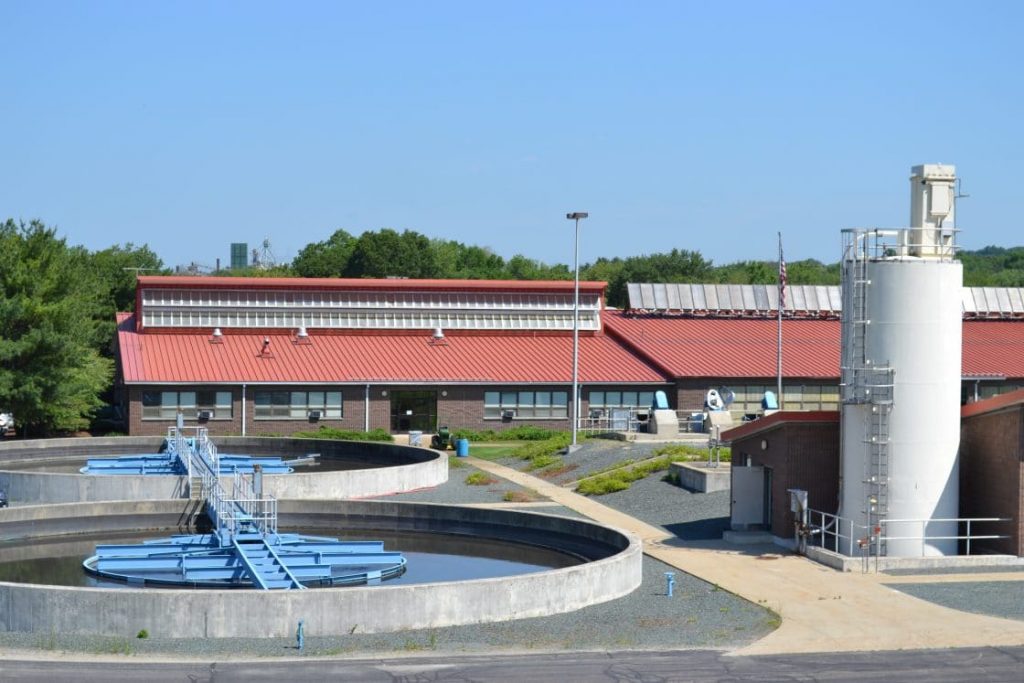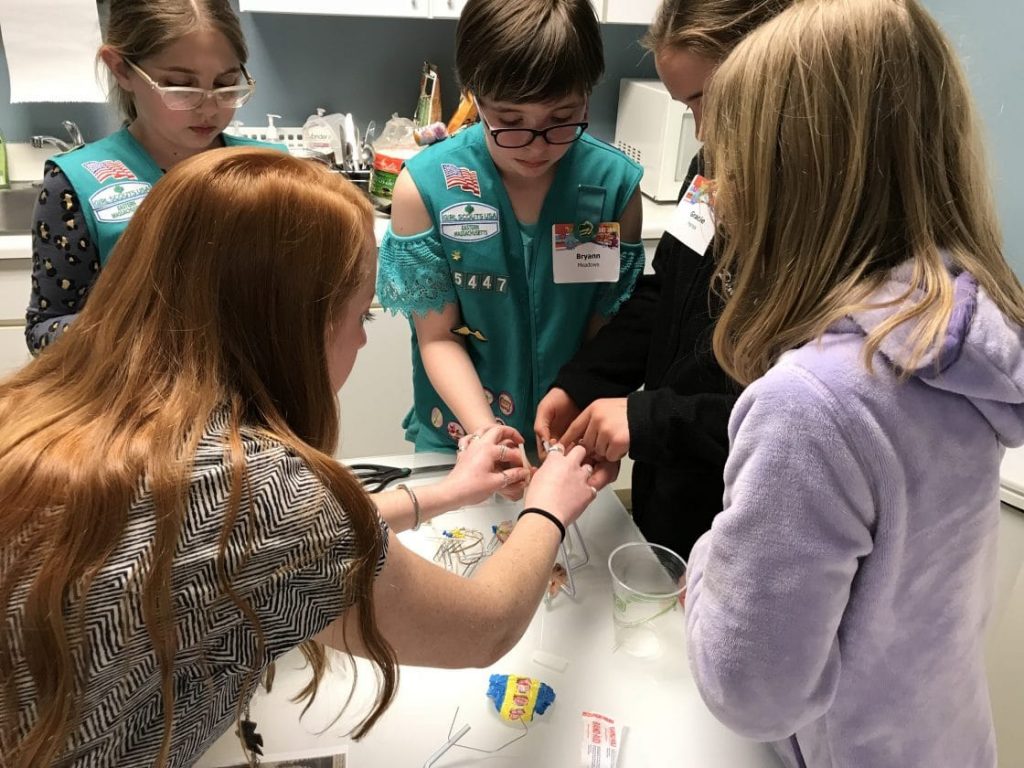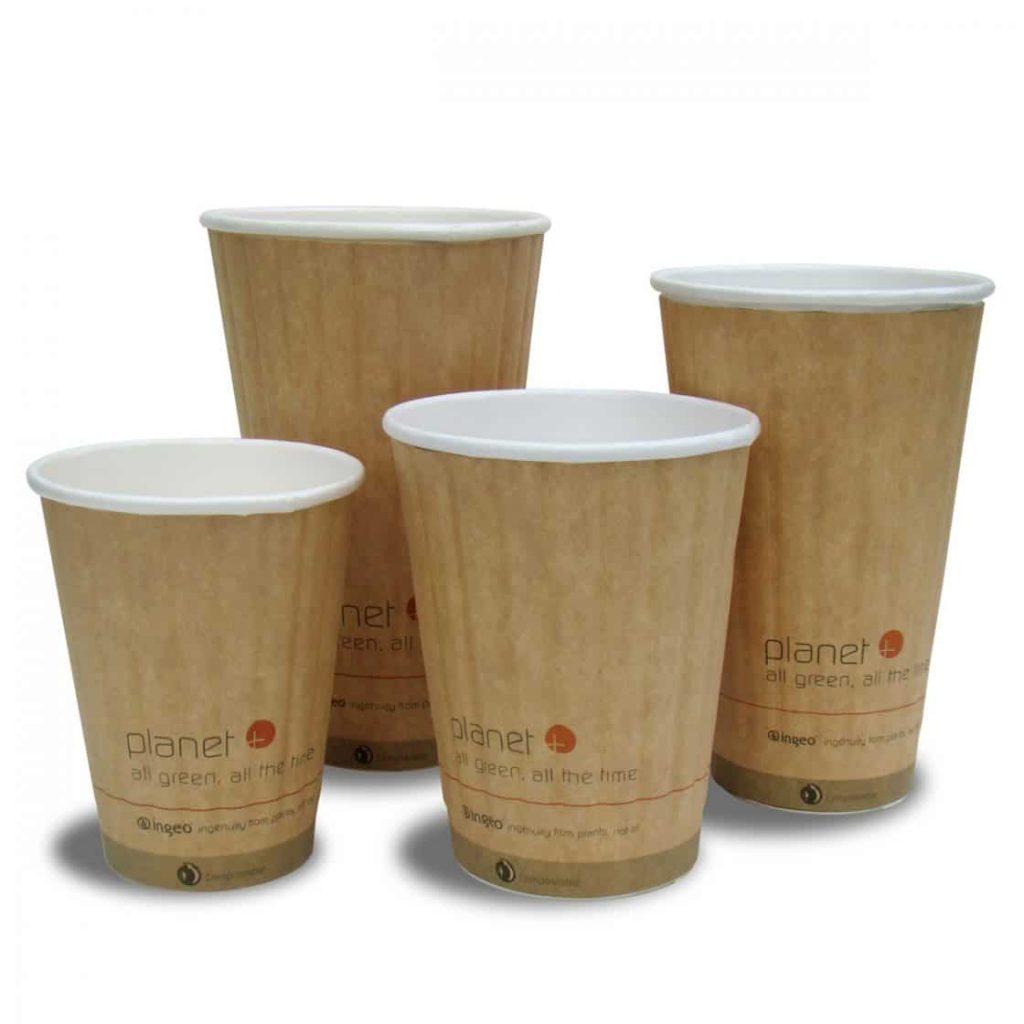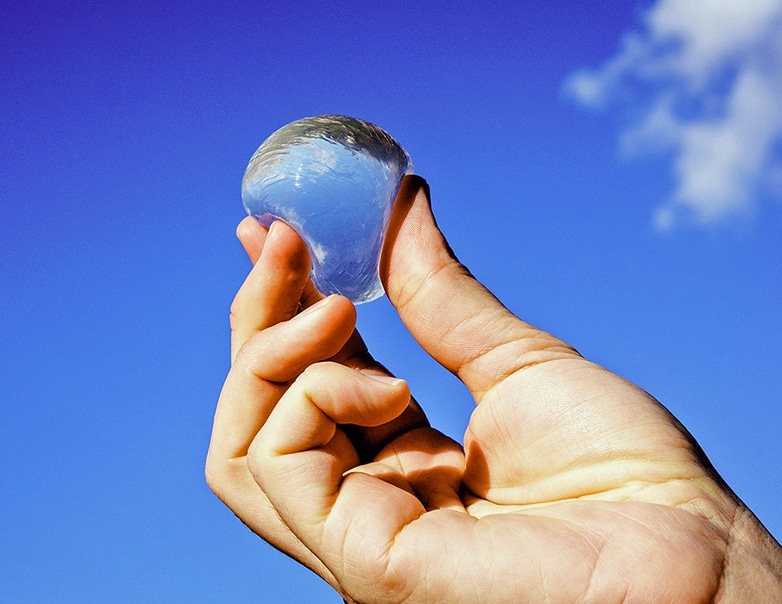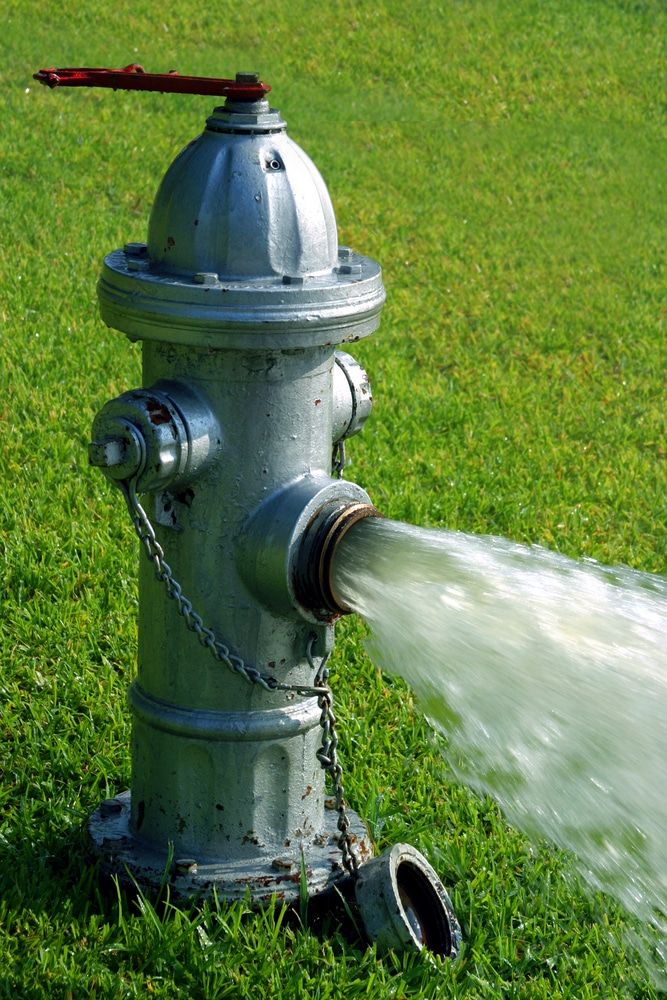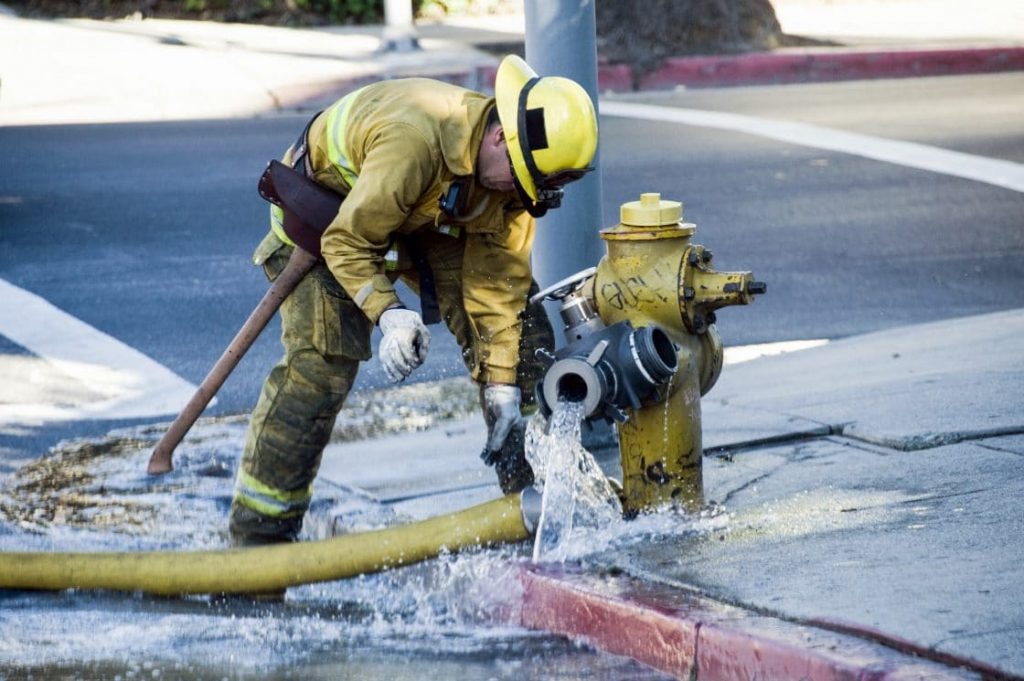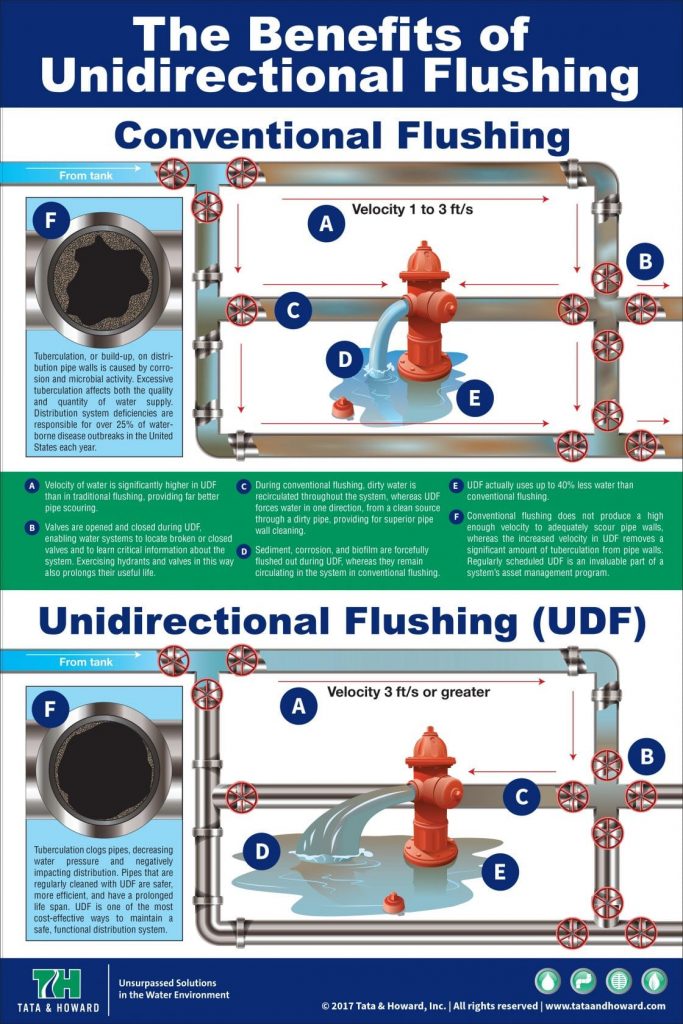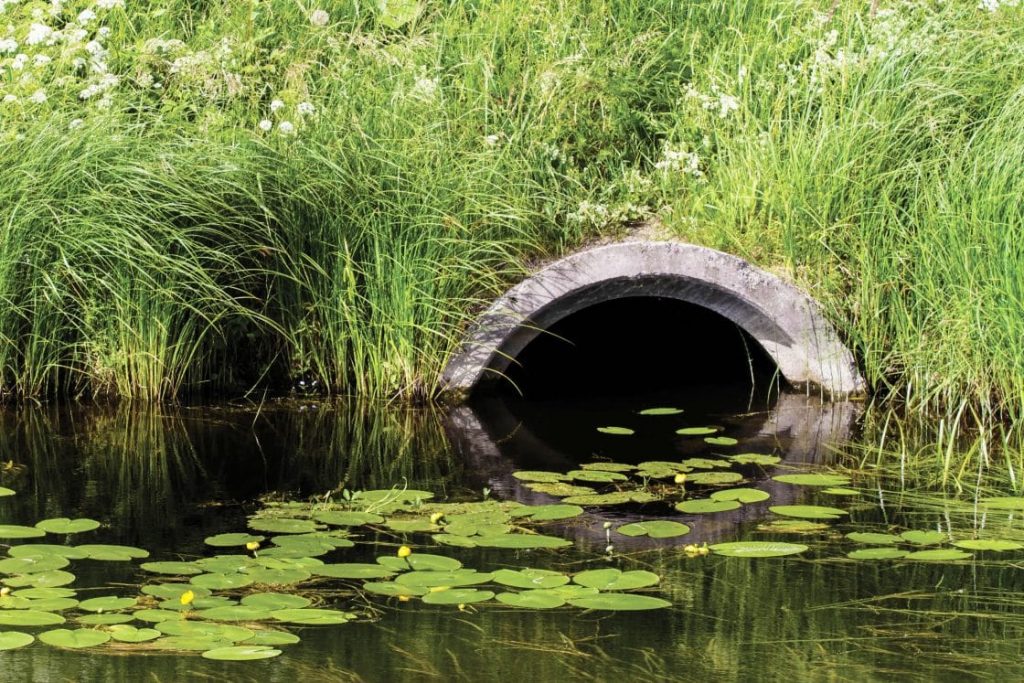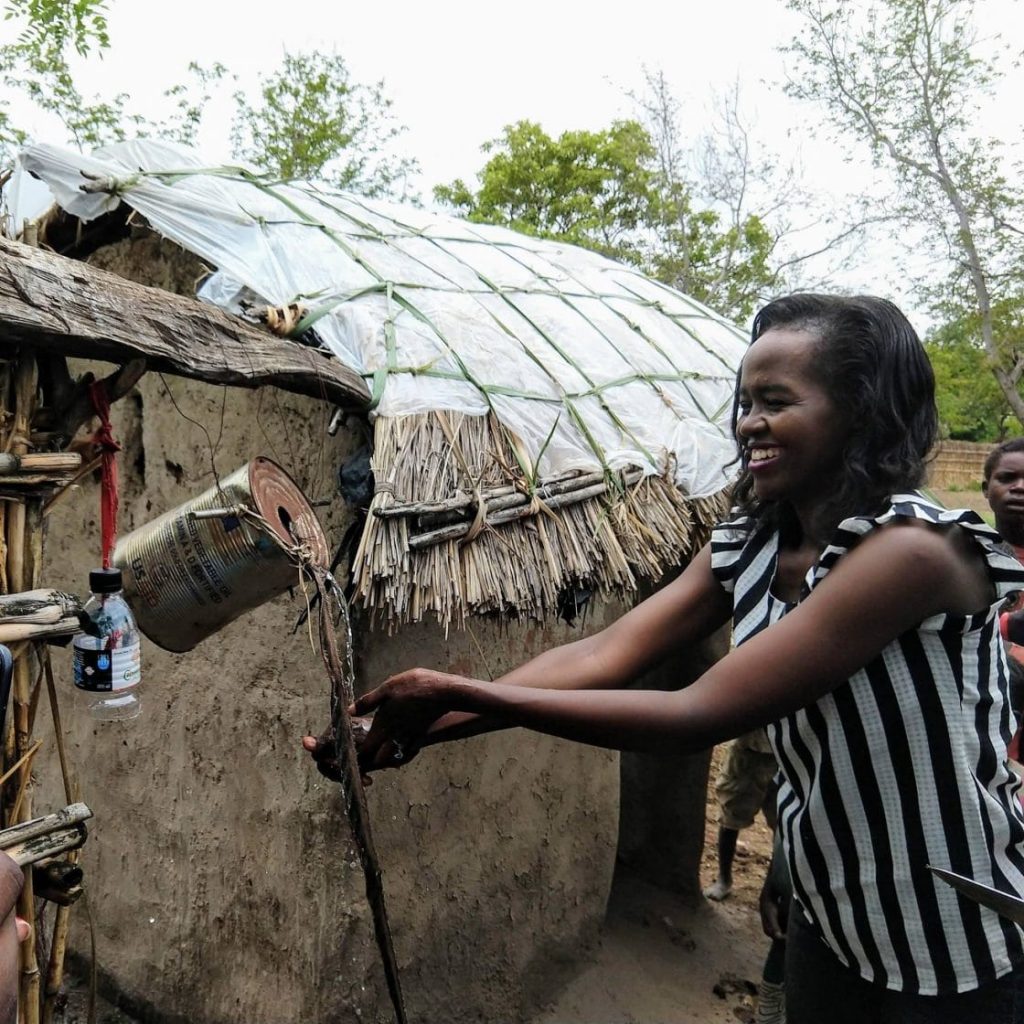Tata & Howard is excited to welcome the newest group of summer interns to our team! As a company focused on continued learning, we are thrilled to play a role in teaching the next generation of engineers. Without delay, please join us in welcoming our new summer team members!
JONATHAN – Marlborough Office

Jonathan is a rising senior at the University of Massachusetts Amherst. He is studying Civil/Environmental Engineering with a focus on water resources.
On campus, Jonathan is the Vice President of Engineers Without Borders, an organization that works to implement water solutions to communities in Africa. He also works in the Engineering Office of Student affairs where he advises engineering students. In addition, Jonathan serves as a student ambassador for engineers looking to study abroad.
Outside of his studies, Jonathan enjoys playing soccer as well as spending time outside with friends and family, be it on the beach or hiking.
This summer, Jonathan hopes to obtain experience in the environmental engineering industry while making connections here at Tata & Howard. He comes to our Marlborough office inspired to provide solutions for people who lack safe drinking water.
MARLEE – Marlborough Office

Joining us for a second summer internship, Marlee is a rising junior at Villanova University. She is studying Civil and Environmental Engineering and will also minor in Sustainability Studies.
She is a member of the Society of Women Engineers (SWE) and serves as a peer mentor for freshman engineering students through the University’s CEER PEERs program. Marlee also is a member of the Kappa Kappa Gamma sorority where she is involved with the Philanthropy Committee.
Marlee is excited to build upon the relationships she built last year with members of the T&H team, and is eager to gain more insight as to how environmental engineering is applied in a consulting setting. Working with our engineers, she is most interested in exploring water quality and helping people gain access to clean water for everyday use.
In her free time, Marlee loves spending time with her friends, listening to music, and reading. This summer, she plans on taking beach trips to Cape Cod, spending time at the lake in Vermont, and enjoying the great outdoors.
ALEX – Waterbury Office
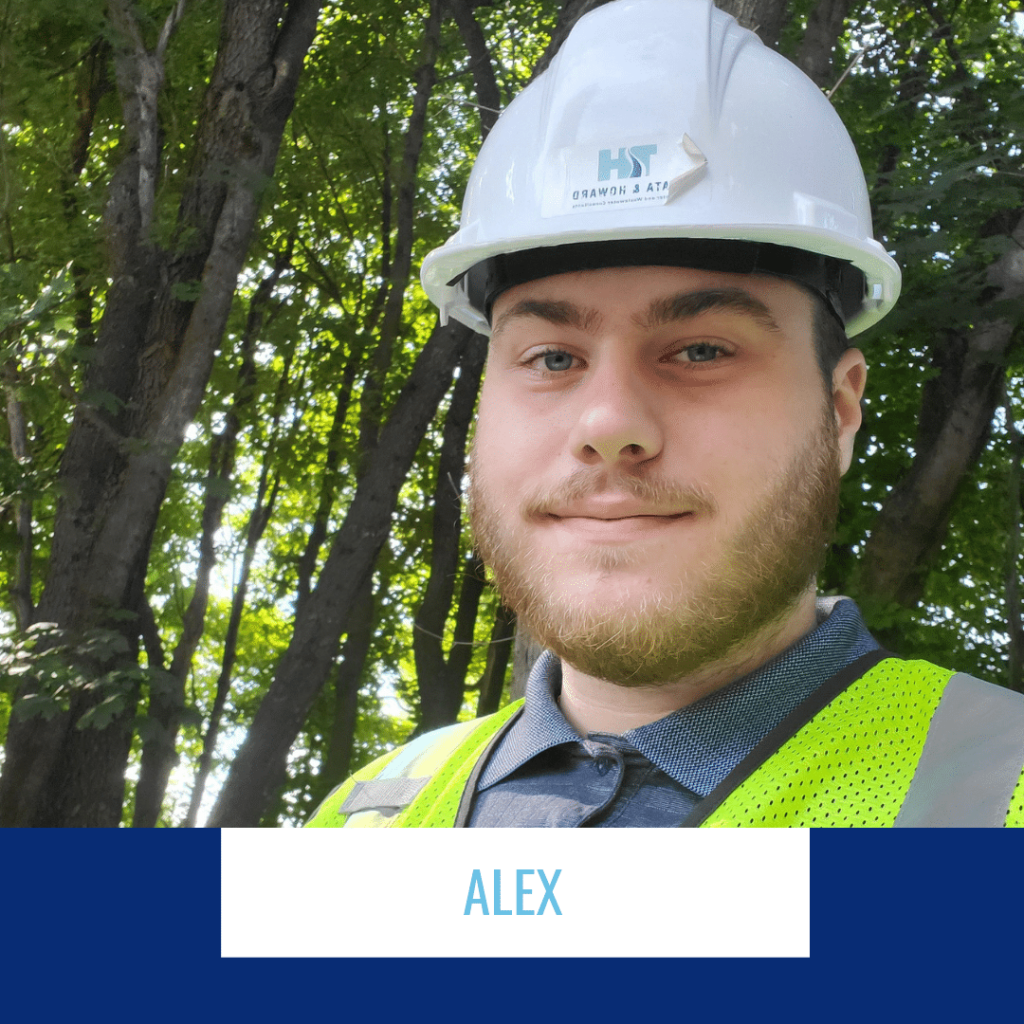
Alex attends the University of Connecticut and majors in Environmental Engineering. This summer he will be joining us in our Waterbury, CT office.
During the school year, he serves as a Research Assistant to two professors, and is a member of a bioenergy group on campus. Alex is most interested in water treatment and quality engineering and pipe systems.
In his free time, he enjoys cooking, hiking, and kayaking. When he isn’t in the field with T&H engineers, he will be working at a wedding venue in Portland, CT.
EMILY – Waterbury Office

Emily will be joining Tata & Howard in our Waterbury, CT office for the duration of the summer.
A rising senior, Emily studies Environmental Engineering at the University of Connecticut. At UCONN, she keeps busy as a member of the Society for Women Engineers while also playing women’s rugby and intramural sports.
Emily is excited about her role at T&H this summer, and hopes to use her experience in deciding what her first career move will be upon graduating next year. Fueled by an interest in marine renewable energy, Emily wants to use her engineering degree to help create clean energy. Additionally, she also has an interest in big water structures such as dams.
This summer, she plans to camp, bike, and travel to new places to explore and hike new mountains.
We are excited to have all of our summer interns on board!

